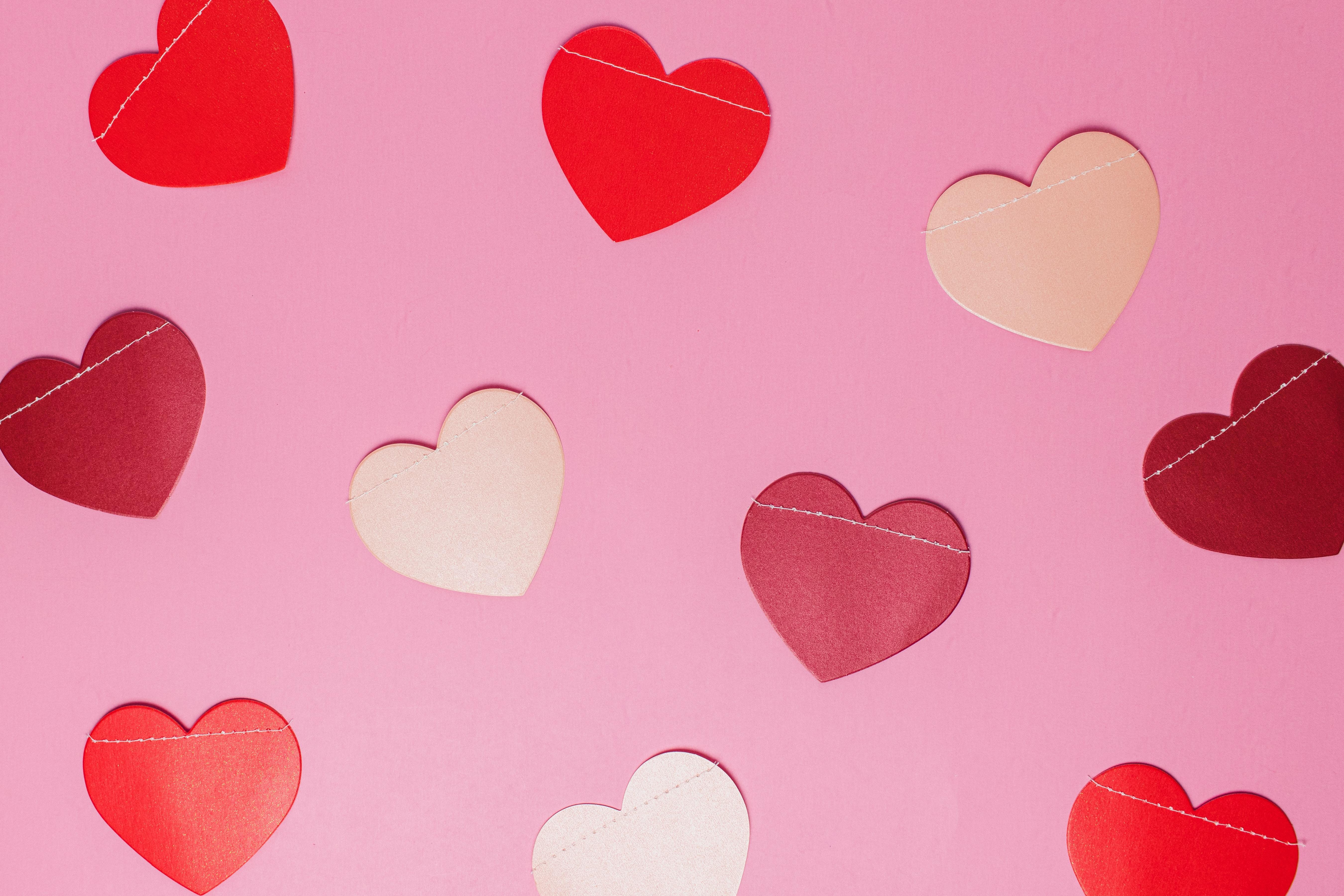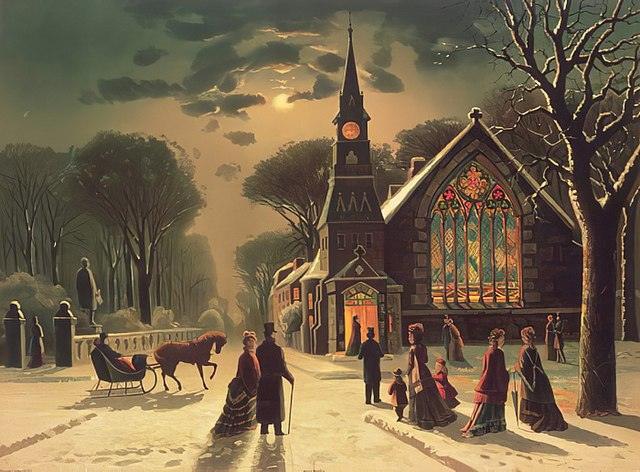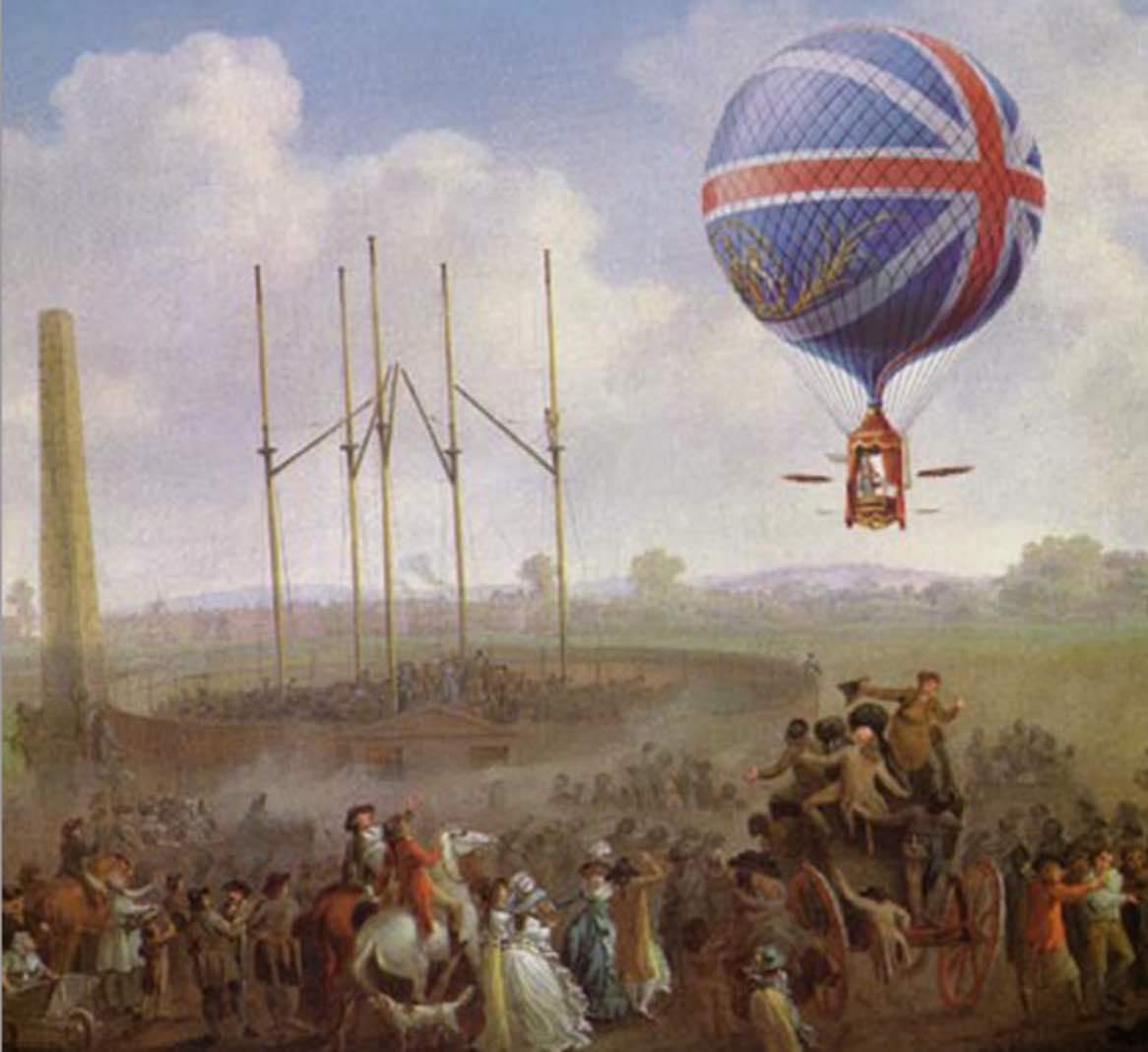
Valentine's Day: A History

"Tomorrow is St Valentine's Day, when every bird chooses her mate. I will plague you no longer now, providing you will let me see you from your window tomorrow when the sun first peeps over the eastern hill, and give me right to be your Valentine for the year."
Sir Walter Scott The Fair Maid of Perth, 1828
 Valentine's day is one of the earliest Christian holidays springing from the ancient Roman fertility festival of the Luprical. In 496 A.D Pope Gelasius attempted to ban the pagan ritual by replacing it with a Saints Day celebration. He named February 14 in honour of St. Valentine, the patron saint of lovers.
Valentine's day is one of the earliest Christian holidays springing from the ancient Roman fertility festival of the Luprical. In 496 A.D Pope Gelasius attempted to ban the pagan ritual by replacing it with a Saints Day celebration. He named February 14 in honour of St. Valentine, the patron saint of lovers.
Though the Catholic Church recognizes at least three different saints named Valentine or Valentinus, (all of whom were martyred on February 14) tradition holds that this Valentine was a priest imprisoned for marrying young lovers against the Caesar's command.
Sometime around 270 A.D. Emperor Claudius II had decided that single men made better soldiers than married ones. He therefore decreed that young men not be allowed to marry, but when Valentine was found defying this order, he was imprisoned and later beheaded. The legend continues that while in prison, Valentine fell in love with his jailor's blind daughter. Shortly before his execution, he sent her a farewell letter which was signed "from your Valentine," words that are used even to this day.
Later, Medieval Europeans are said to have believed that birds began to mate on February 14; doves and pigeons mate for life and were therefore used as a symbol of fidelity. During this time, people began to send love letters on Valentine's Day, with the first "official" valentine sent by Charles, Duke of Orleans in 1415. Imprisoned in the Tower of London following the battle of Agincourt, he passed the time by writing love poems to his wife. This letter is now part of the collection of the British Library in London.
It wasn't until the 1600's that Valentine's day as a holiday really took off. Sending flowers as a Valentine's gift began in the early 1700's when King Charles II of Sweden brought the Persian poetical language of flowers to Europe, then throughout the 18th century, floral dictionaries were published, allowing friends and lovers to send secret messages with a single bloom or bouquet. Of course, the more popular a flower is, the more meaning is attached to it. Roses also came into their own during the Georgian period, as new imports from China promoted breeding and cross breeding producing what is now one of England's favourite garden flowers. A famous floral artist of the time, Pierre-Joseph Redoute, painted hundreds of flowers during his time as court painter to Marie Antoinette and the Empress Josephine.
"The arrival of this pianoforte is decisive with me. I wanted to know a little more, and this tells me quite enough... now I can see it in no other light than as an offering of love."
Frank Churchill, Emma
We know that the Georgians celebrated Valentine's Day in style. In Emma, Jane Austen has Jane Fairfax's surprise pianoforte arrive on Valentine's Day (Truly a splashy gift made embarrassing by a secret engagement!). By the middle of the eighteenth century, it was common for friends and lovers in all social classes to exchange small tokens of affection or handwritten notes. Some of these styles are easily recreated at home, for example, pinprick valentines were made by pricking tiny holes in paper with a pin to resemble the look of lace. Similar to today's paper snowflakes, cutout valentines were lacey looking cards made by folding paper several times and cutting out a delicate design with small, sharp scissors.
Poems and acrostic valentines, verses in which the first letters in the lines spelled out the beloved's name were also common. By the end of the century, printed cards began to replace written letters due to improvements in printing technology. Cards decorated with black and white pictures painted by factory workers began to be created in the early 1800s, and by the end of the century these cards were being made entirely by machine. In the 1840s, (soon after chocolate was popularised) machine made, mass market valentines became available. We must thank the Victorians for forming Valentines Day into much of what it is today. Recent statistics show that Valentine's day is the second most popular card sending holiday, with 1 billion valentines mailed world wide!

Enjoyed this article? Visit our giftshop and escape to the world of Jane Austen for Valentine's gifts!



Leave a comment
This site is protected by reCAPTCHA and the Google Privacy Policy and Terms of Service apply.